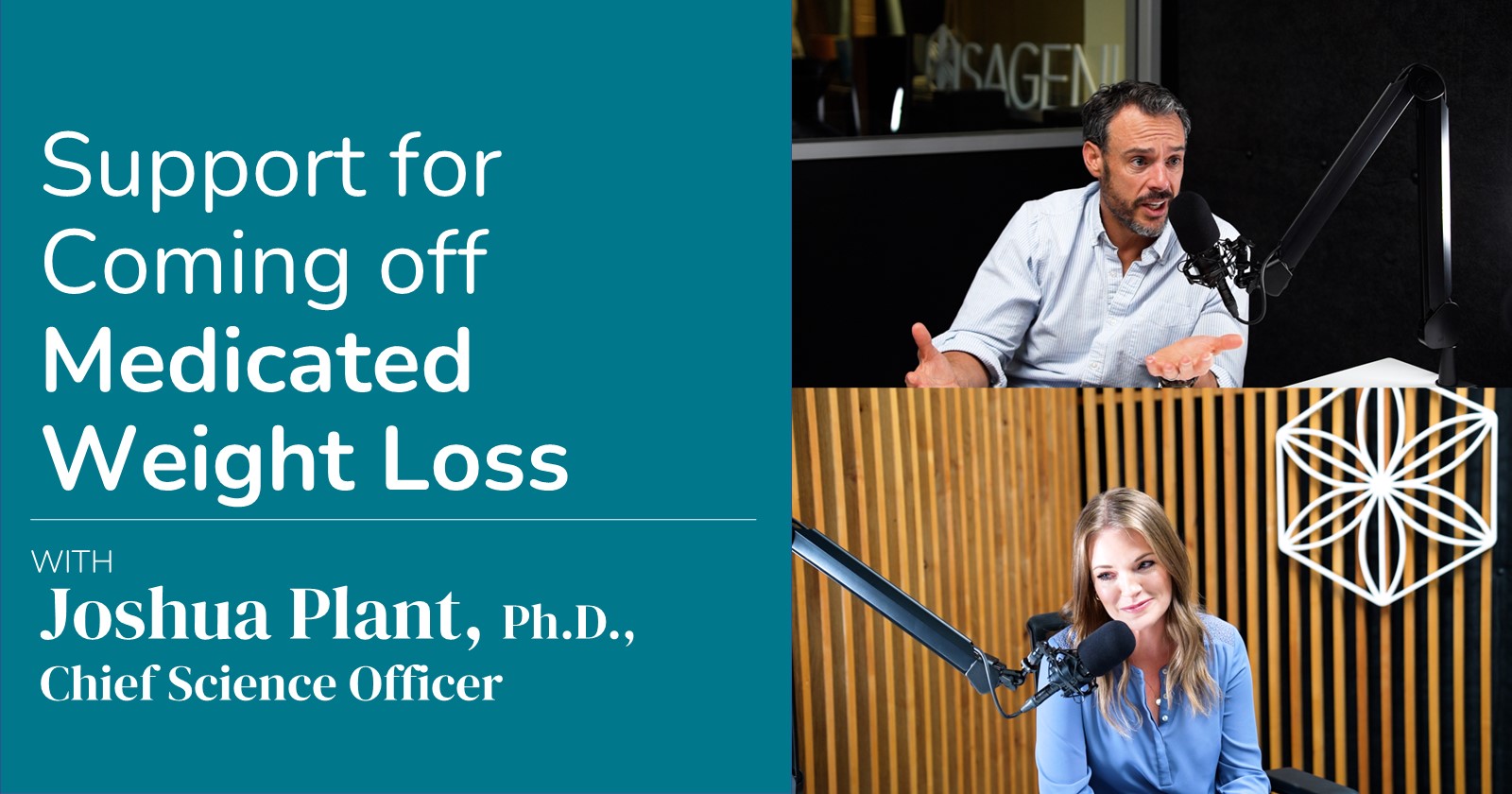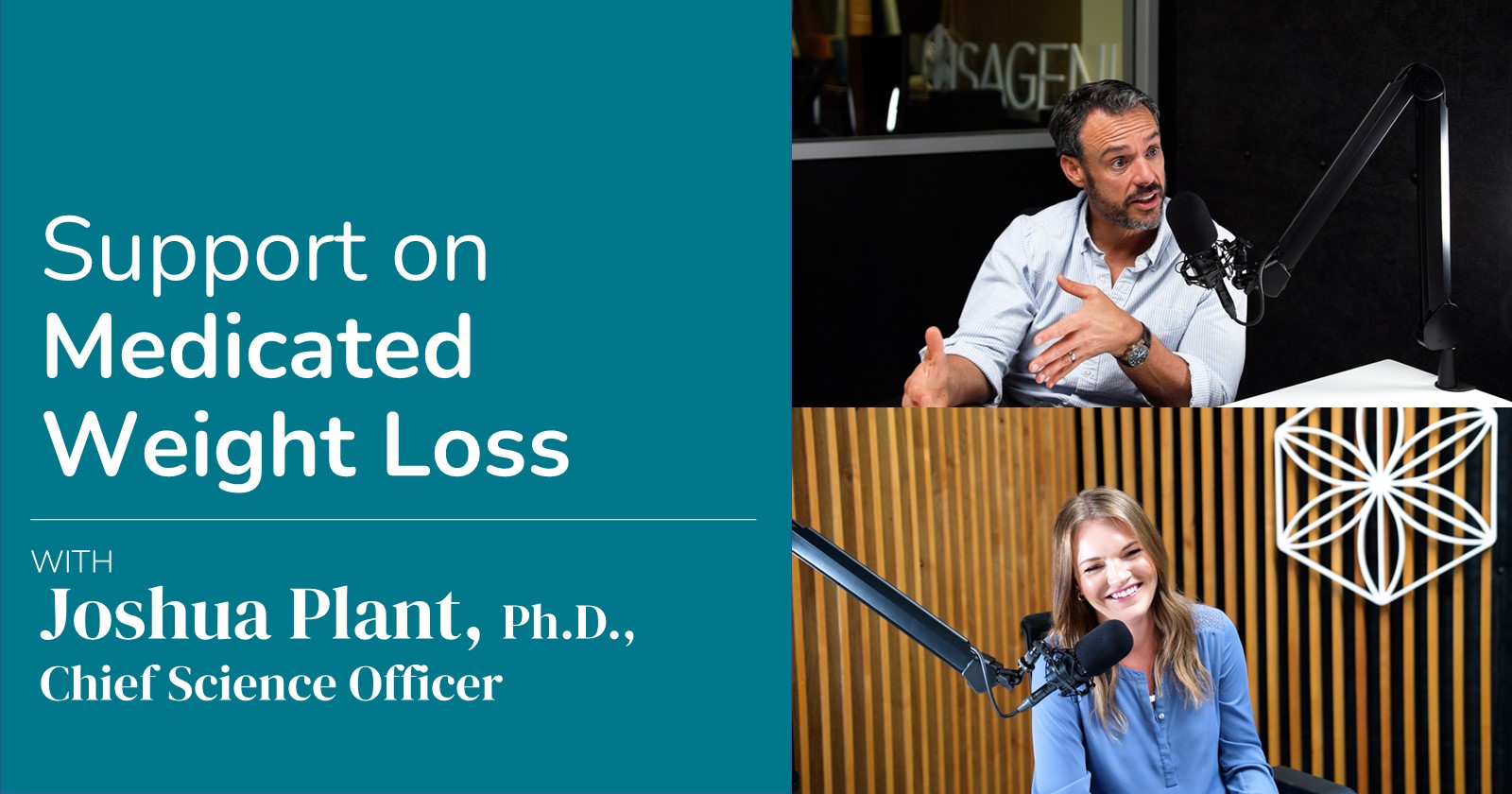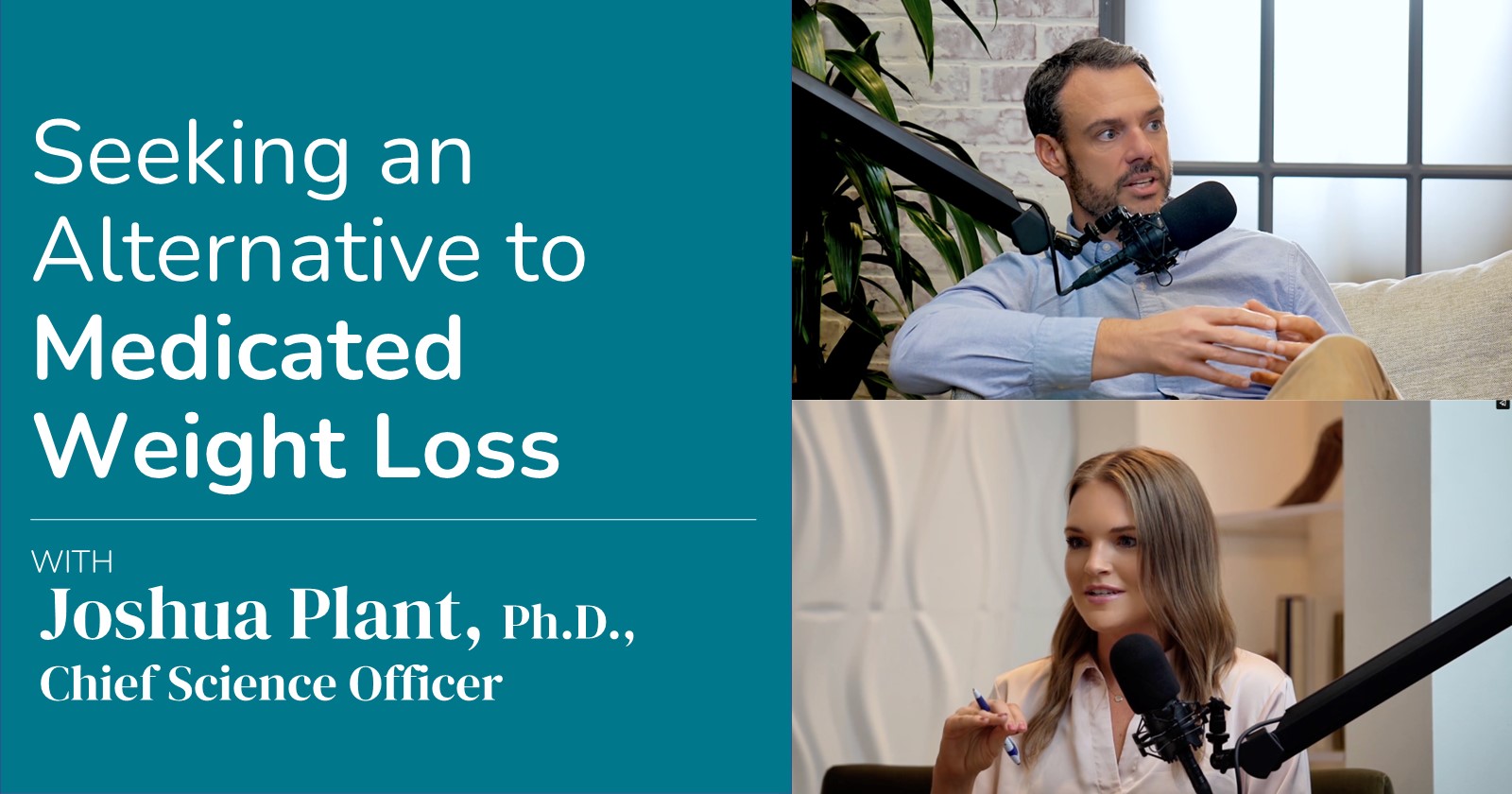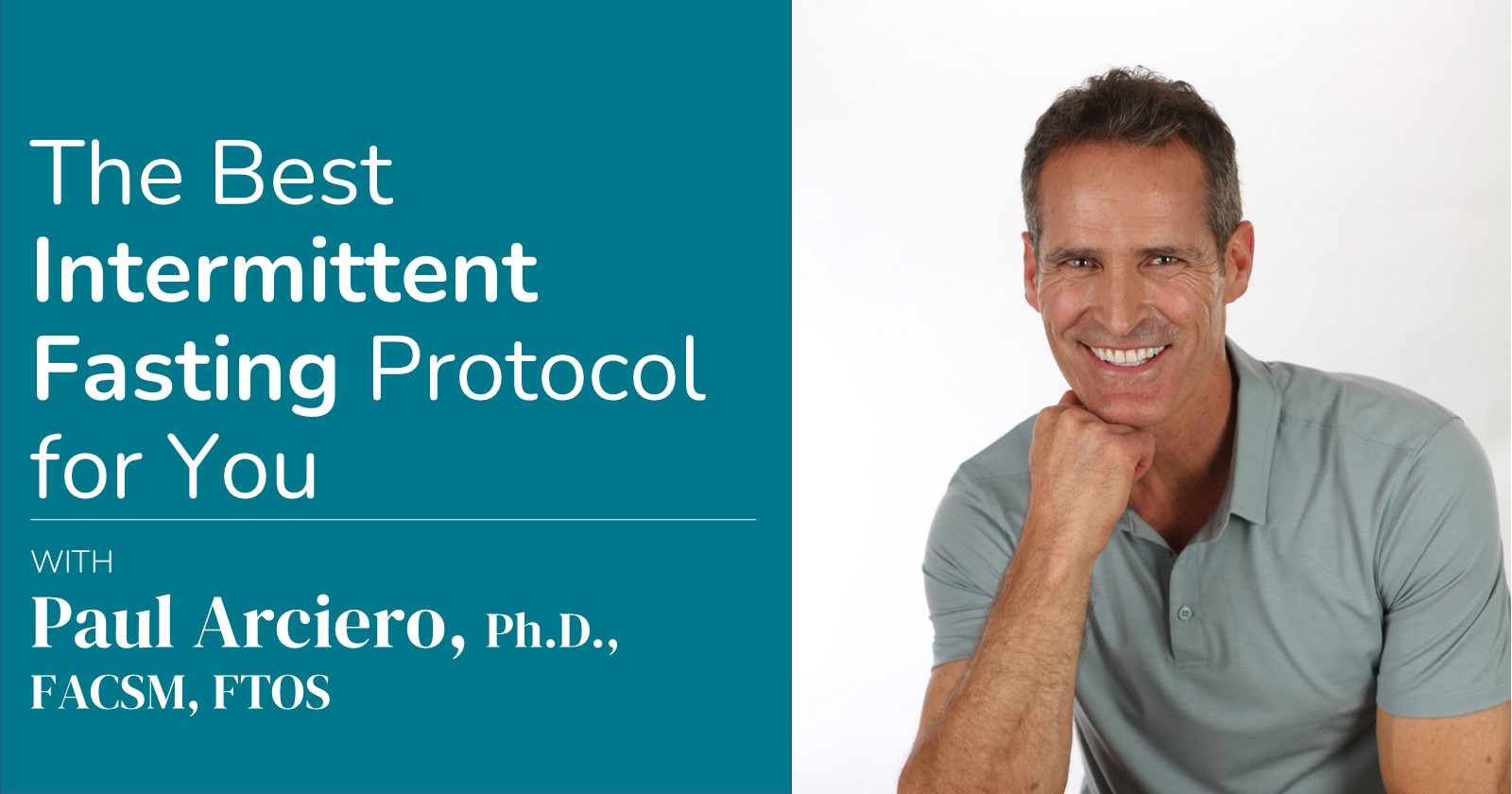No matter how hard you might wish it were true, you can’t just eat and drink whey protein every day and expect to make serious muscle gains. That takes getting off the couch and into the gym! It can also take some prior knowledge about how to create the right conditions for muscle growth, or hypertrophy.
To begin with, muscle hypertrophy isn’t going to happen overnight and, as you might have guessed, it can’t happen without some effort. It takes time. It takes nutrition. And it takes exercise. The right kind of exercise counts, too.
Get intense
Intensity matters. Here’s a quick refresher as to why: intense exercise pushes muscle fibers to their limits and causes damage. It’s that damage that causes a cascade of events that leads to cell division and replication, which helps to repair the damaged muscle and form new muscle strands. Those new strands reinforce the muscle fibers, causing them to grow bigger and adapt to greater loads.
Only certain kinds of exercise will cause enough muscle damage to do the job of stimulating muscle’s adaptive response. Walking and jogging on the treadmill, while certainly healthy in their own right, just won’t do. They don’t count as intense.
It should be no surprise that resistance training is king for muscle growth. The evidence of resistance training’s effects on muscle adaptation has been demonstrated repeatedly by scientific studies and can be found on display with a visit to any local gym (1). There are several kinds: lifting free weights, using weight machines, using elastic bands, doing pushups and pullups, etc. Basically, resistance training includes any exercise where muscles contract against an external resistance.
Another type of exercise shown to stimulate muscle adaptation is high-intensity interval training (HIT). The approach of combining both HIT and weight lifting together makes for a quick yet productive workout as long as it is tolerable and performed safely (2). HIT involves repeatedly exercising against a strong resistance at a high intensity for 30 seconds to several minutes followed by a 1- to 5-minute recovery. The exercises that fit into this category can include runners sprinting or cyclists pedaling up a hill as fast as possible for a brief time period in repeated intervals.
Go harder over time
Apart from type of exercise, for muscles to grow they need to be overloaded repeatedly over time. It’s here where the principle of progressive overload becomes important. Progressive overload involves increasing workload gradually over time so that muscles will continually adapt and become larger (1). Otherwise, muscles will stay the same size. Or worse, if loads are too small or infrequent, muscles may decrease in size.
This is certainly observed in sedentary people. But it’s also seen in those who engage in endurance activities such as long-distance running. For these reasons, these athletes are encouraged to cross-train regularly with weights.
Gradually increasing resistance over time is simple—it just takes keeping track of where you are in terms of strength. So, if you’re benching 120 pounds with 10 repetitions every few days for a couple of weeks, make a record of it, and then lift a little more the next couple of weeks.
Be a failure often
Lifting to the point where you can’t lift anymore (without cheating) is called volitional fatigue. Volitional fatigue is thought to be one of the most fundamental factors that prepare muscle fibers for the biological changes that lead to muscle strength, power, and hypertrophy.
Multiple sets to fatigue beat out single sets for muscle strength. Resting between sets can really depend on how large loads are and personal goals. For instance, larger loads followed by longer rests of 1 to 5 minutes are superior for strength or power, while medium loads with rests of 30 to 60 seconds are best for hypertrophy. Smaller loads with high repetitions followed by rests of 20 to 60 seconds may be best for muscle endurance (3, 4).
Exhausting muscle through repeated sets to failure brings with it another huge plus for your health: the depletion of muscle glycogen, or the stores of carbohydrate found in muscles. When this glycogen is gone from muscles, it and other exercise-induced changes in muscle make them highly sensitive to insulin (5).
Power up with protein and carbs post-workout
You’re probably familiar with insulin as the hormone that regulates blood sugar and that’s involved in type-2 diabetes. Well, another role of insulin is as an anabolic hormone. Not only will insulin drive glucose into muscles to replenish glycogen, but muscle-building amino acids, too. Insulin also increases the flow of blood to muscle, improving the delivery of glucose and amino acids to further enhance glycogen repletion and muscle growth (6).
It’s because of insulin that such a thing as the “protein window” exists. The protein window is that period, usually for an hour or two after workouts, when getting another dose of extra protein and sugar, such as from IsaPro® blended with fruit, can help boost muscle growth to the max. A dose ranging between 20 up to 40 grams of whey protein looks to be optimal after workouts for biggest gains (7-10).
Rest up
Once the damage is done in muscles, it’s time to let them recover. Getting appropriate amounts of rest can mean the difference between serious gains or injury as a result of overtraining.
Muscle adaptation will highly depend on quality of rest, and that means recovery days and quality sleep. How many days needed for recovery will depend highly on the muscle exercised and intensity of training. In general, too little rest or sleep deprivation, can severely impair recovery through decreases of activity of human growth hormone for muscle recovery and growth (11).
The quality of sleep matters, as does the amount. Turning in early, making sure that your bedroom is dark, and taking Sleep Support and Renewal spray for a quick supply of melatonin every night is the basis for falling asleep faster, getting more deep sleep, and optimizing night-time recovery (11).
Stay consistent
Through intense exercise that progressively overloads muscles to volitional fatigue followed by proper rest, you have set the stage for maximal muscle building. The bad news is that most people do little or no exercise every week. As a result, the opposite of hypertrophy happens.
Hypotrophy, or muscle breakdown, can accumulate over time as a result of lack of use, lack of quality protein per day, or a combination of both. Those losses can reach a critical mass in older age leading to what health professionals call sarcopenia; or worse, accumulated muscle loss combined with obesity, sarcopenic obesity, is associated with greater risk of chronic diseases including type-2 diabetes, cardiovascular disease, and several cancers (12).
Guarding against sarcopenia takes consistency. The best advice is not to just get physical activity once or twice a week, but to engage in some form of resistance training exercise every day. Then, you will be making the most of the quality protein Isagenix provides you daily for optimal muscle and strength.
References
- Kraemer WJ, et al. American College of Sports Medicine position stand. Progression models in resistance training for healthy adults. Med Sci Sports Exerc. 2002 Feb;34(2):364-80.
- Gillen JB, Gibala MJ. Is high-intensity interval training a time-efficient exercise strategy to improve health and fitness? Appl Physiol Nutr Metab. 2014 Mar;39(3):409-12.
- Willardson JM. A brief review: factors affecting the length of the rest interval between resistance exercise sets. J Strength Cond Res. 2006 Nov;20(4):978-84.
- De Salles BF, et al. Rest interval between sets in strength training. Sports Med. 2009;39(9):765-77.
- Wojtaszewski JF, Nielsen JN, Richter EA. Invited review: effect of acute exercise on insulin signaling and action in humans. J Appl Physiol (1985). 2002 Jul;93(1):384-92.
- Ivy JL. Role of exercise training in the prevention and treatment of insulin resistance and non-insulin-dependent diabetes mellitus. Sports Med. 1997 Nov;24(5):321-36.
- Burd NA, et al. Greater stimulation of myofibrillar protein synthesis with ingestion of whey protein isolate v. micellar casein at rest and after resistance exercise in elderly men. Br J Nutr. 1-5, 2012.
- Tang JE, Moore DR, Kujbida GW, Tarnopolsky MA and Phillips SM. Ingestion of whey hydrolysate, casein, or soy protein isolate: effects on mixed muscle protein synthesis at rest and following resistance exercise in young men. J Appl Physiol 107: 987-992, 2009.
- Moore DR, et al. Ingested protein dose response of muscle and albumin protein synthesis after resistance exercise in young men. Am J Clin Nutr 89: 161-168, 2009.
- Yang Y, et al. Resistance exercise enhances myofibrillar protein synthesis with graded intakes of whey protein in older men. Br J Nutr 1-9, 2012.
- Atkinson G, et al. The relevance of melatonin to sports medicine and science. Sports Med. 2003;33(11):809-31.
- Morley, et al. From sarcopenia to frailty: a road less traveled. J Cachexia Sarcopenia Muscle. 2014 Mar;5(1):5-8.





